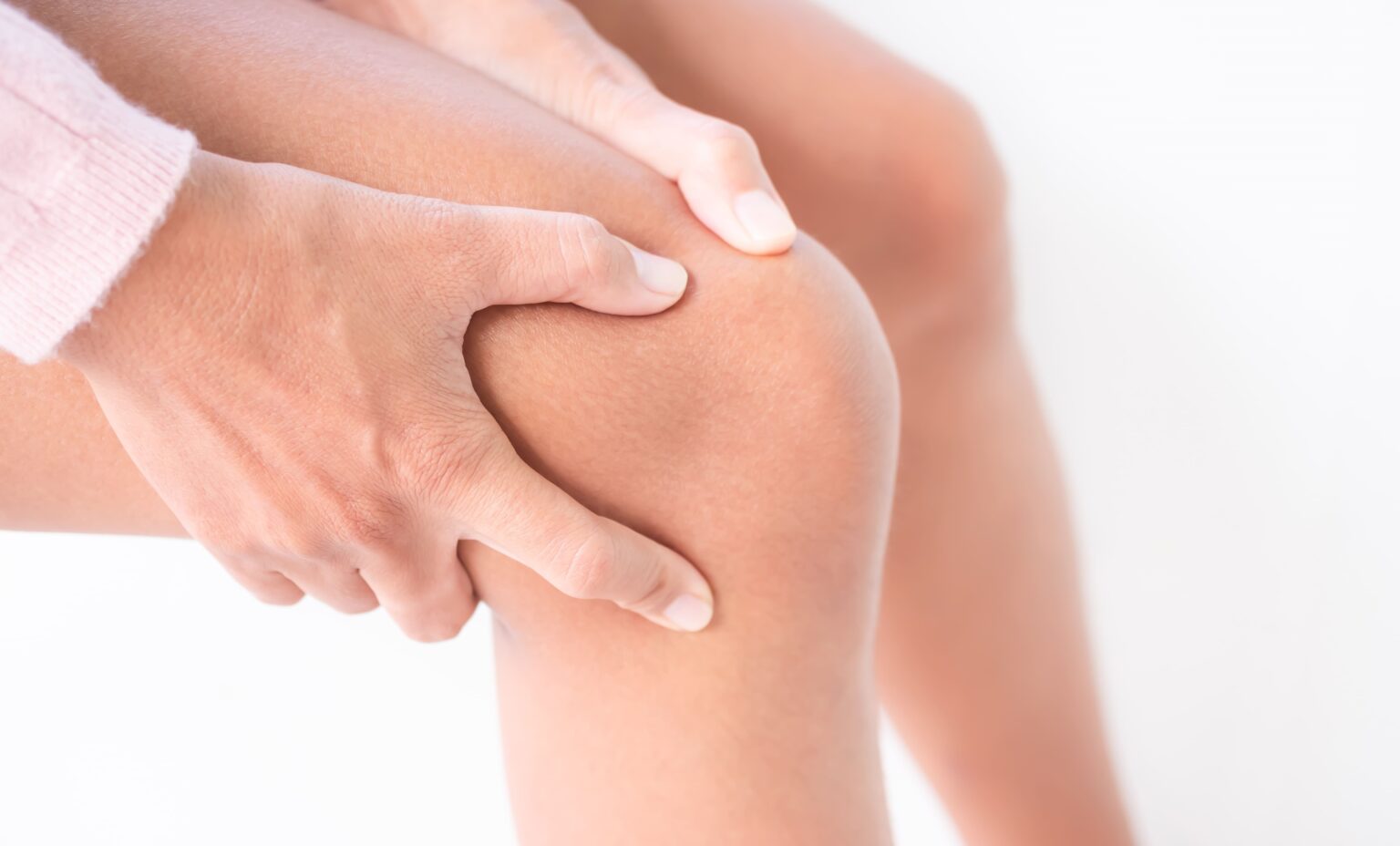SCHEDULE AN APPOINTMENT WITH US
Are Your Symptoms Affecting Your Quality Of Life?
Consult our MOH-accredited orthopaedic specialist for a detailed consultation & personalised treatment plan today.

A PCL injury refers to damage to the ligament located at the back of the knee.
The PCL connects the thigh bone (femur) to the shinbone (tibia) and helps stabilise the knee joint by preventing the tibia from moving too far backwards. PCL injuries typically occur due to direct trauma or force applied to the knee, often from sports, accidents, or falls. These injuries can lead to knee pain, swelling, and a feeling of instability in the joint.
PCL injuries are classified into different grades based on the extent of ligament damage and how far the shinbone moves backwards in relation to the thighbone.
A partial tear of the PCL. The knee is still relatively stable, and the shinbone moves slightly backward but stays in front of the thighbone. This injury can often be treated without surgery through rest, physical therapy, and strengthening exercises.
A complete tear of the PCL. The shinbone moves further back and is level with the thighbone, indicating a more serious injury. Treatment may involve physical therapy, but surgery may be necessary if the knee is unstable.
Grade III injuries involve the PCL and other knee ligaments, such as the ACL (anterior cruciate ligament). In this case, the shinbone moves far behind the thighbone, causing significant knee instability. Surgery is usually required to repair the PCL and any other damaged ligaments, followed by a long rehabilitation process.
PCL injuries are frequently caused by specific types of trauma or stress on the knee. Common causes include:
PCL injuries can cause various symptoms, which may appear immediately after the injury or gradually over time. Common symptoms include:
Diagnosing a PCL injury involves a thorough examination of the knee and specific imaging tests to confirm the extent of the damage.
SCHEDULE AN APPOINTMENT WITH US
Consult our MOH-accredited orthopaedic specialist for a detailed consultation & personalised treatment plan today.
For mild to moderate PCL injuries, non-surgical treatments are often effective in relieving symptoms and preventing further injury.
Nonsteroidal anti-inflammatory drugs (NSAIDs), such as ibuprofen, are commonly used to reduce pain and inflammation around the injured ligament. However, long-term use should be monitored due to potential side effects.
Targeted exercises strengthen the muscles around the knee, which support the knee joint and relieve pressure on the damaged PCL. Physical therapy improves stability and promotes recovery, helping to restore normal knee function. Following a proper rehabilitation programme is necessary, as performing exercises incorrectly or overdoing them can aggravate the injury, potentially causing further damage.
Surgery is recommended for complete PCL tears, combined injuries involving cartilage and/or bone, or when non-surgical methods fail to restore knee function and stability.
A graft is used to replace the torn ligament, usually taken from the patient’s own tissue (such as a tendon) or from a donor. This procedure helps restore knee stability and function. However, recovery can be lengthy, often requiring several months of rehabilitation to regain strength and mobility.
PCL reconstruction is often performed arthroscopically, using small incisions to access and treat the injury. This minimally invasive approach typically involves shorter recovery times and less scarring than traditional open surgery, as well as minimal tissue disruption.
Preventing PCL injuries involves strengthening the muscles around the knee to improve stability and reduce ligament strain. Regular exercise, supportive footwear, and proper form during physical activities can lower the risk. Athletes in high-contact sports may benefit from protective gear, such as knee braces or pads, to minimise direct knee trauma, while avoiding excessive stress and hyperextension of the knee joint also helps protect the PCL.
Monday – Friday: 9.00am – 6.00 pm
Saturday: 9.00am – 1.00pm
Sunday & PH: CLOSED
Monday – Friday: 9.00am – 6.00 pm
Saturday: 9.00am – 1.00pm
Sunday & PH: CLOSED
Get Started
Yes, in some cases, mild PCL injuries might go unnoticed initially, especially if the symptoms are not severe. Sometimes, there is only slight discomfort or swelling, and the knee may appear stable at first. However, over time, the knee may become more unstable or painful, indicating an injury.
If you suspect a PCL injury, stop physical activity to prevent further damage. Apply ice to the knee to reduce swelling, elevate your leg, and avoid putting weight on the knee. Seek medical attention for a proper diagnosis and to determine the extent of the injury.
Yes, many people with mild to moderate PCL tears can lead active lives with proper treatment, which includes physical therapy. However, in cases of severe tears, surgical intervention may be required to restore full function, especially for those who participate in high-impact sports or have physically demanding jobs.